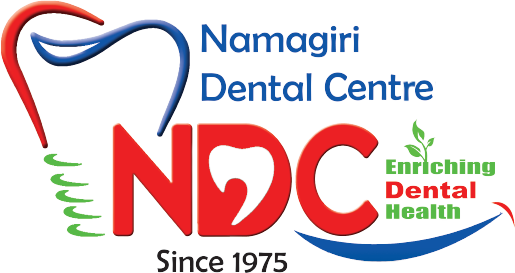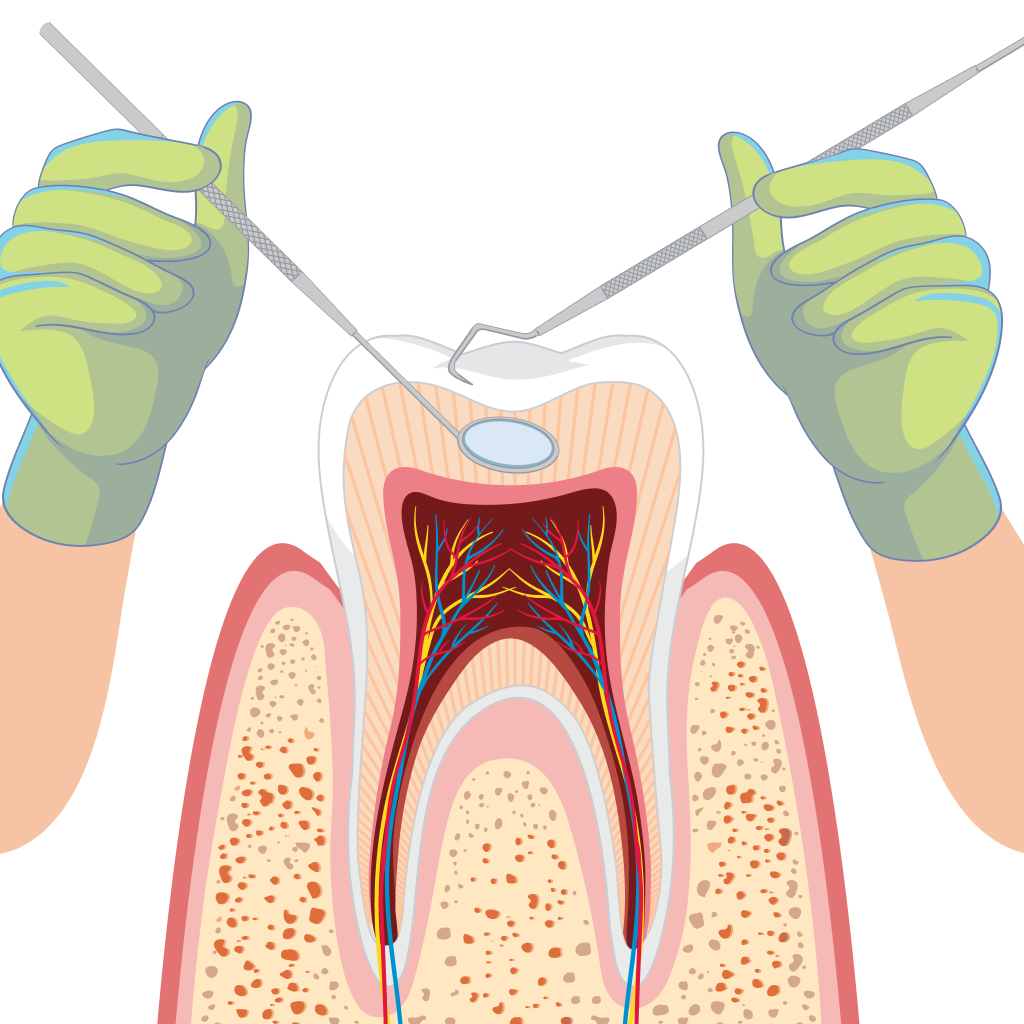

Oral Surgery refers to any surgical procedure performed in or around your mouth and jaw. There are many types of Oral Surgery, including surgical procedures such as a tooth removal or a root canal. Some oral surgeries involve the repositioning of the jaw. In other instances, Oral Surgery may involve the removal of a tumor.
Wisdom teeth removal surgery is a procedure to remove the third set of molars, which typically appear between ages 17 and 25. Most people have at least one impacted wisdom tooth, meaning it doesn’t have enough room to grow naturally. By getting your wisdom teeth removed, either because an impaction has been identified or the potential for them to cause issues, you can ensure they don’t damage the surrounding teeth and bones.

A tooth extraction is the permanent removal of a tooth from its socket and may be done manually using forceps or surgically. Extraction is recommended when the tooth cannot be saved with other treatments such as root canal treatment and to prevent infection from spreading to other areas of your mouth. It may also be performed to extract extra teeth. Your dentist may recommend pulling a tooth if there is severe tooth decay that affects the underlying nerve, an infected tooth that does not respond to antibiotics or root canal therapy, improperly positioned or overcrowding of teeth, tooth trauma causing irreparable damage, problematic wisdom teeth, and if gum disease is present and causing loss of bone and tissue supporting the tooth.
The most common facial bones injured are the lower jaw (mandible), upper jaw (maxilla). Facial bone injuries are common in falls, assaults and sporting injuries.
Mandible fractures are usually very painful, you quite often feel that your teeth are not meeting properly, often have bruising over the face and bleeding in the mouth, and diagnosis requires X-rays or even better, a cone-beam CT scan. Surgery usually requires fixation of the fractures with small plates and screws. One of the most frequently missed mandible fractures is when it involves the jaw joint (TMJ) . This is particularly important in a growing child but is also important in adults and can lead to long term arthritis.
Maxillary fractures are rare in isolation, but they can happen with a direct blow to the upper jaw and cause the upper jaw to fracture from the base of the skull. Maxillary fractures are diagnosed with cone-beam CT scans and if necessary fixed with metal plates.
Corrective jaw, or orthognathic, surgery is performed to correct a wide range of minor and major skeletal and dental irregularities. While the patient’s appearance may be dramatically enhanced as a result of their surgery, orthognathic surgery is performed to correct functional problems such as: difficulty chewing, or biting food; difficulty swallowing; excessive wear of the teeth; open bite (space between the upper and lower teeth when the mouth is closed); unbalanced facial appearance from the front, or side; facial injury or birth defects; receding chin; protruding jaw; inability to make the lips meet without straining; chronic mouth breathing and dry mouth; sleep apnea.
Copyright © 2025 JGDHealth || All Rights Reserved
Please help us in serving you better
Please introduce yourself: